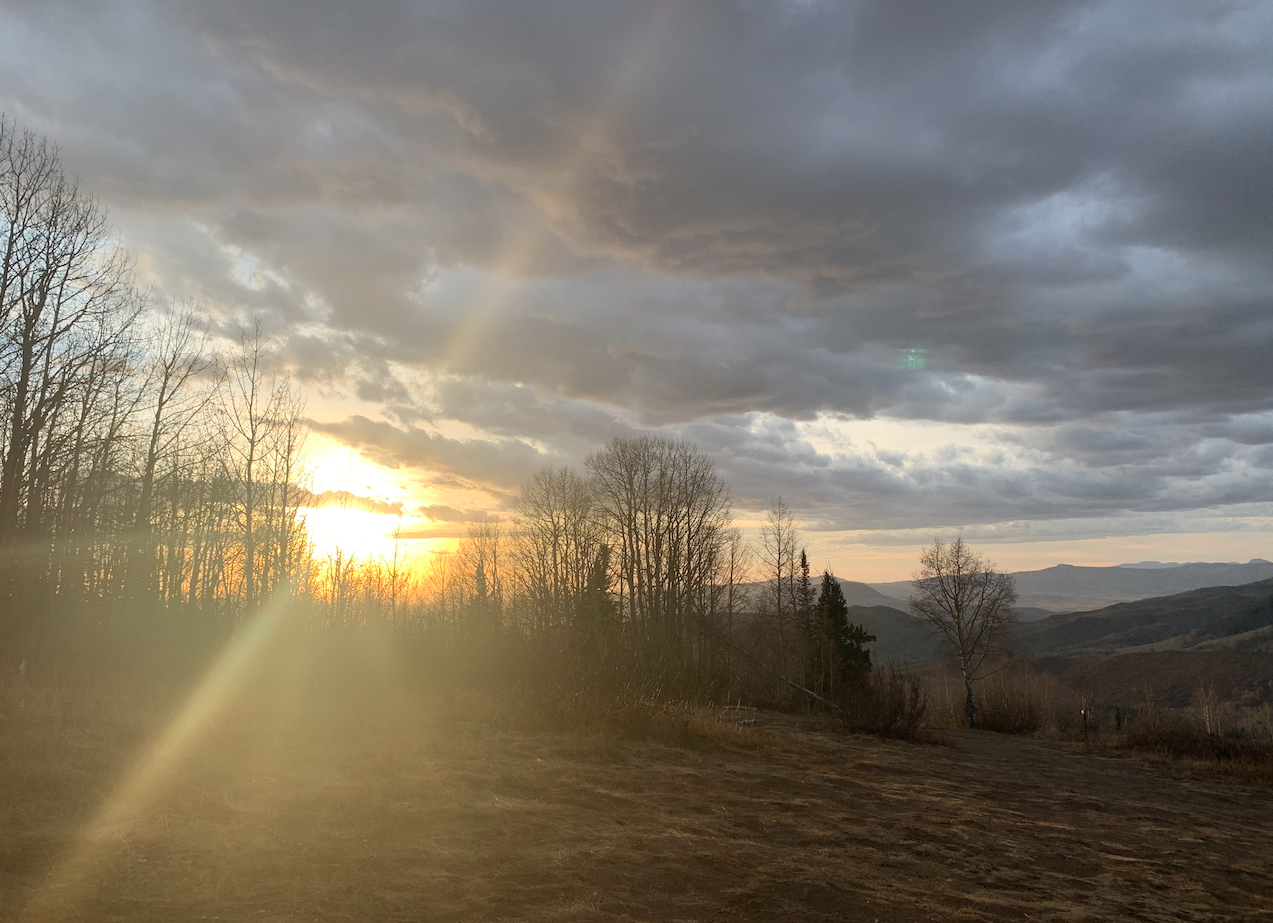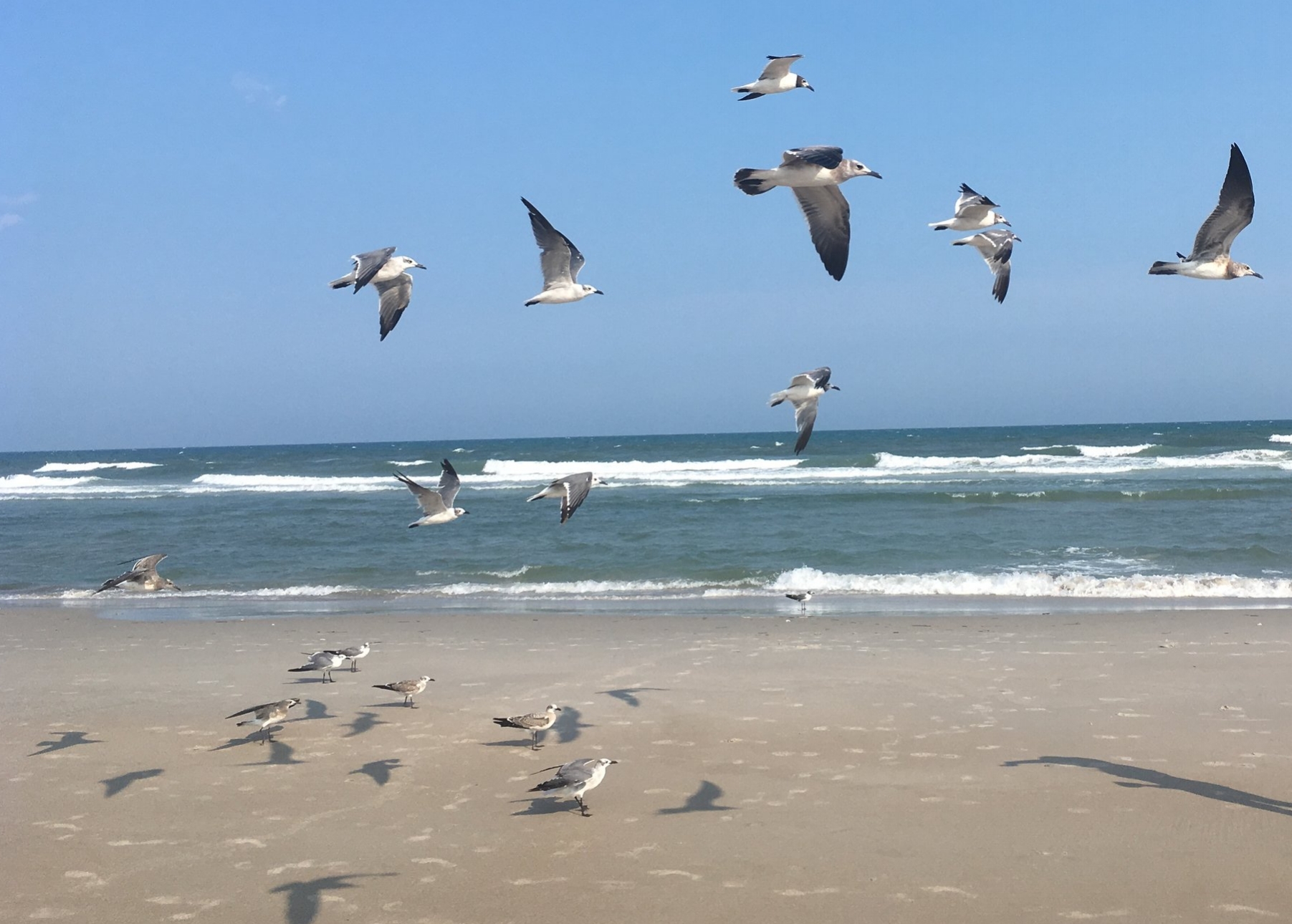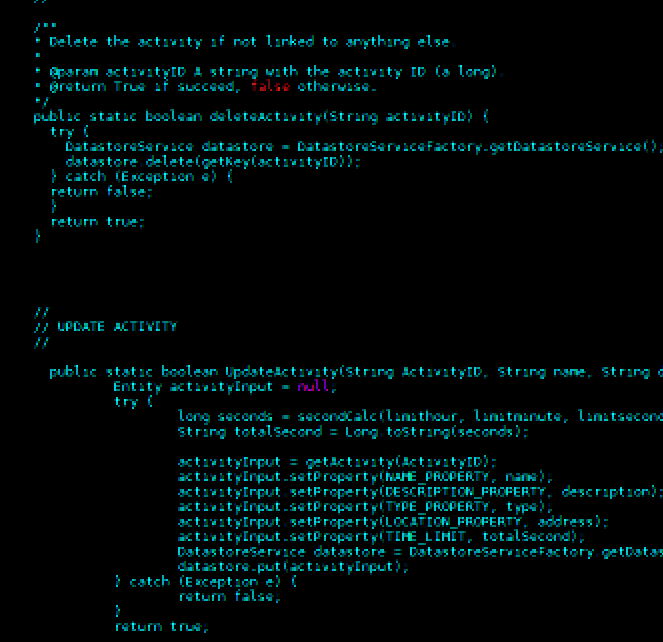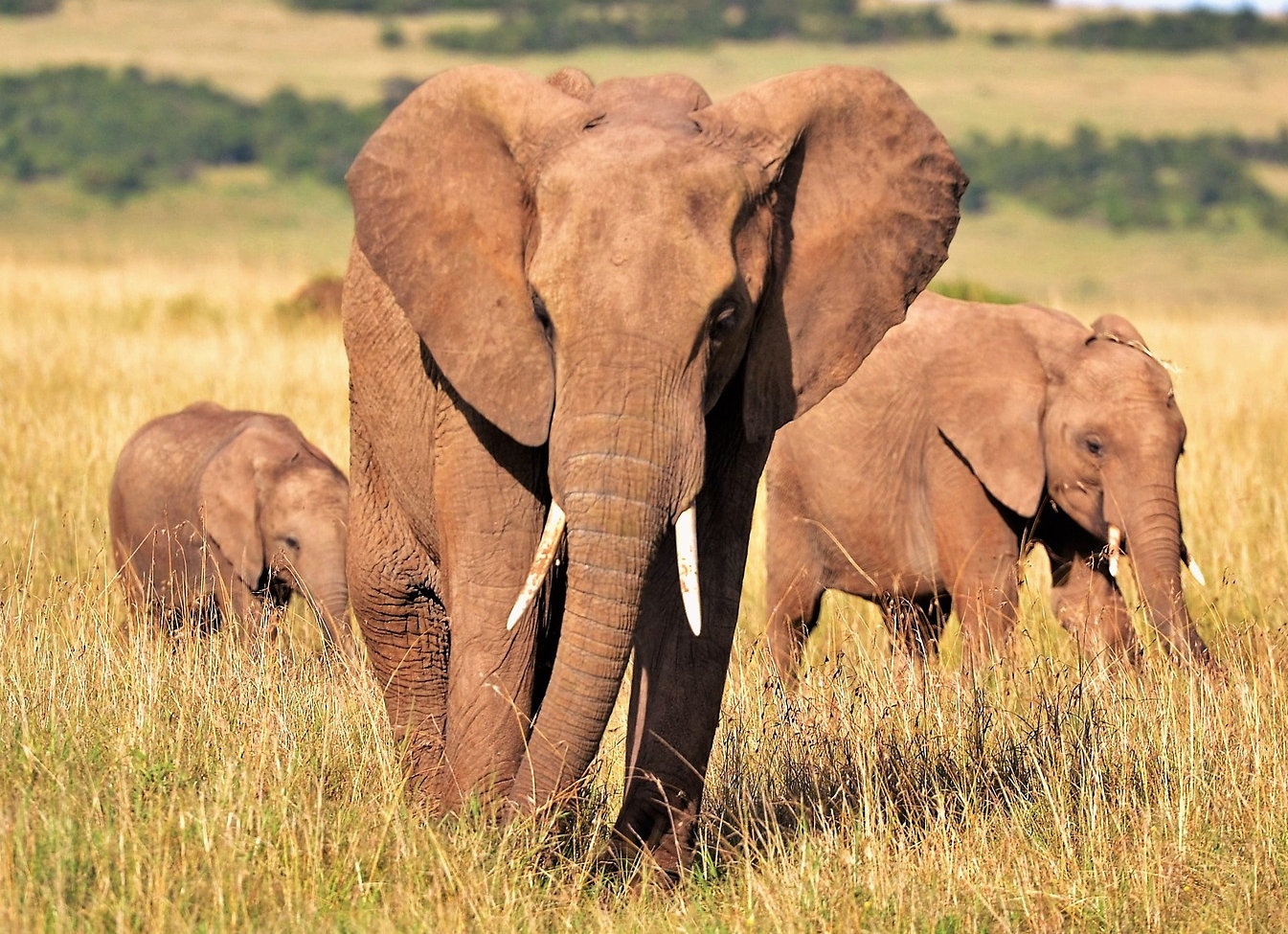Ravens are planners, just like people, a forward-thinking skill that requires a good dose of smarts.
Around my heart: The Pericardium
A two-walled sac hugs my heart (yours, too).
The pericardium, aptly named:
Peri, or around; Cardion, or heart.
The outer layer – fibrous, rigid – bears the brunt of the work. Holds my heart steady to avoid its swings, tethers it in the expanse of my chest cavity. Keeps it from beating right out.
This layer is tough, just enough for safety purposes. Like the hard peel around an orange, it shields my heart. From infections, so prone to developing in nearby lungs. From my heart itself, which could overfill with blood and too big. My heart may be eager, but this fibrous layer knows everything has its limits.
Inside that hard exterior is an inner layer, cushioned and kind. After all, to do its work, my heart cannot have friction building up with nearby tissues. Even the strongest parts need a bit of softness.
Like anywhere, things can go wrong here, in the pericardium. Fluid can build, cysts can grow, layers can swell. Nothing is perfect. Nothing is guaranteed.
But still my heart pulses. And still my pericardium guards every beat.
The Secret Life of Seagulls
I'm not sure how you feel about seagulls. Love 'em. Hate 'em. Don't care. At all.
I've always seen them as a bit pesky. With all the caw-cawing and waiting for dropped food and such. Kind of like I used to see crows, until I learned that, far from being pesky, they're just really, really smart. Turns out seagulls aren't so dense either. Check out these seagull facts and see if maybe your "eh" turns into "love."
-Gulls have been seen using tools: for instance, a herring gull used pieces of bread to bait fish. When dropping clams and mussels onto rocks to crack them open, they know to drop heavy ones from lower heights and lighter ones from higher heights. And they're crafty, able to steal fish from other seabirds. Like pelicans, which have to drain water from their beaks before swallowing their catch: gulls wait nearby, and move in for the fish when they have an opening.
-They use a complex system of communication - lots of different sounds, and body movements, too.
-They can drink sea water: glands above their eyes flush excess salt out through their nostrils.
-They eat almost anything: fish, sea life, bugs, rodents, eggs, dead animals, plants, trash. To figure out what is edible, they have to use some brain power.
-Gulls are fantastic fliers. Don't take my word for it: watch as they hover motionless on a windy day.
-They have a highly developed social structure and nest in large colonies. They work together to mob predators and intruders. And while seagulls are monogamous, pairs sometimes split (usually over disagreements about raising a family). Divorcees may suffer social costs a few years after the split.
Not sure if that's enough to change your mind, but I'll look at these birds differently the next time I'm at the beach.
I'll probably look at pelicans differently, too: a few weeks ago, while I was sitting on the deck of a rented beach house with my cousins, one pelican flew overhead and unloaded on me. I was splattered from head (the gunk just missed my eye) to toe (my pants-legs were covered). Just call me Princess of the Pelicans.
Frugalize me
It all started at Walmart.
I was in the check-out line, watching the woman ahead of me buy household cleaners, cereal, a few kids' outfits, and several pots of flowers. As each item beeped along the scanner, she shook her head. Then she held up a bottle of ketchup and waved it at the cashier.
"You know what I came here to buy? Ketchup," she said. "And now I've spent $180. It happens every time."
I know the feeling. It's happened to me, too. All too often I float through the grocery store, tossing a few odds and ends into my cart, and suddenly face a too-high bill at the end. It's easy to spend, much harder to... not spend.
I promise there's a writing connection here, but first, let's talk about budgets. Because budgets don't work for me. They're kind of like diets. Something about the word 'diet' makes me go into a ravenous, haven't-eaten-in-months mode. I must eat three pieces of cake because I may not get any more every again. I must polish off an entire bacon cheeseburger because a diet means I'm supposed to stay away. You get the idea.
Budgeting is similar. Cutting back on expenses? Then I better buy that new pair of shoes or that extra bottle of shampoo NOW.
So I was more than pleased when a friend shared the Frugalwoods method with me. These guys have a popular blog that outlines a perspective on money that feels completely counter-cultural and absolutely good. Check it out for yourself, but my quick overview is that they're all about financial independence and simple living. What has been neat for me to learn is how they've experienced LOTS of benefits from this lifestyle besides the extra dollar bills. A few include: simpler, more joyful lives; being true to who they are; more deeply experiencing gratitude.
I've been trying out their method for a few months and get what they're talking about. For instance, if I resolve to try not to buy any clothes for a year, I'm suddenly very grateful for the clothes I do have. A white t-shirt and worn jeans combo that looks cute nearly brings me to tears of gratitude.
And I'm also seeing, as Mrs. Frugalwoods writes about, a new ability to embrace imperfection. If I can't buy any clothes for a year, then there will be times when the clothes I do have feel imperfect, and I'm just going to have to deal. But instead of feeling like I'm just 'dealing,' I actually feel a bit of lightness, of relief - my purpose in life isn't to spend hours online scouring sites for the perfect new white t-shirt. I have other things I want to do. (Now some of you might enjoy shopping, and so that example may not work for you. But for me, it works since I've never enjoyed shopping. At all. Even for a minute.)
And that leads me to writing. As I've already mentioned, I'm in this exciting stage of having a book that is actually going to be published. Before the year is out, in fact. And while I'm enjoying every step of the process (like seeing the cover, and actual sample pages - EEK!), there's a bit of me that worries. What if it's not good enough? What if I could've made it better? What if it isn't perfect?
Cue the lesson on imperfection. Because of course it's not perfect. Nothing ever is. Famous authors, like Ann Patchett, talk about this, too. How it's impossible to get the beautiful story that's bouncing around your head down onto the page.
But that's okay. It can still be really good. And I can still learn and work and write and move along this path.
So there you have it. How saving money helped me embrace imperfection, which is helping me keep going along this writing path. To be honest, I wasn't even sure what the connection was before I started writing this. And even though this post is far from perfect, it had a purpose for me... and I have to think that's good enough.
__________
pixabay.com
STEM Spotlight: Cloud Support Engineer
I'm thrilled to welcome my very first blog guest - and even better that it's my own sister. Karen is a Linux Cloud Support Engineer at Amazon Web Services, a subsidiary of Amazon (ever heard of them?) and spends her days coding her way around various projects. Check out what got her into computers below.
This is the first in a series of blog interviews I hope to do with people in science, tech, engineering and math (STEM). If you would like to be spotlighted or know anyone who might be interested, let me know!
1. Describe what you do: Currently, I maintain an Amazon Web Services database, as well as an internal website I developed that provides data analytics to help make decisions on where to improve and focus efforts. Creating the website was a big accomplishment for me because I wrote it in the language Ruby on Rails, which I had never used before. I also write scripts in Bash, Ruby and Python (all good languages to learn if you want to get into tech) for automating tasks.
2. How and why did you get into this field? This sounds silly, but watching Angelina Jolie in the 1995 movie Hackers inspired me to get into technology. It was eye-opening at the time to see how much of an impact computers have on our society. Computers give everyone – including people who were born into difficult circumstances – the chance to teach themselves all kinds of skills, including technology, and even become billionaires and/or make great discoveries and contributions to science in the process.
3. Describe an interesting application of your field: There’s a Linux-based operating system for phones and tablets (NetHunter) that lets people do pen-testing (or ethical hacking) from their mobile devices. It’s much more discrete. Occasionally when I see someone glued to an android phone or tablet, I wonder if they might be using NetHunter to test out some ethical or not so ethical hacking techniques.
4. What’s your typical workday like? Nerf gun wars, petting cute dogs people bring into work, coding my website, crashing my website and breaking my computer. I also go to meetings and resolve issue tickets. And I code a lot. Sometimes I code all day, then when I get home, I code some more. It gets addictive when you’re trying to get something to work.
5. Do you have any favorite scientists, engineers, programmers? Linus Torvalds is awesome. He wrote an entire operating system kernel that became the Linux Kernel at the age of 21. He’s a great example of someone who changed technology at a young age using computers along with his knowledge, innovation and persistence. (And also became a multi-millionaire.) I love that he made his operating system, Linux, open source so anyone could view it and contribute to it. I think open source is cool since it’s customizable, very powerful and usually free. It fosters innovation and allows people to share ideas. Everyone can learn from it and be inspired by it. Just like anyone can read a copy of one of Shakespeare’s plays and get inspired.
Code. It can be like... art.
6. What’s an equation or discovery that you really love, and why? Compassion is a form of intelligence. This is important to remember with the development of artificially intelligent machines. Just because you create something with artificial intelligence, there’s no guarantee it’s going to be compassionate. The movie “Transcendent Man”gets to that idea, that if we create machines that are billions of times smarter than us, they might see us as mosquitoes and wipe us all out.
And quantum physics is exciting and interesting to me because it makes no distinction between past present and future, which has some fascinating implications. For instance, if it’s true, it means everything is happening at once, that time is a human construct.
7. Any favorite quotes, movies or books? Quote: "The map is not the territory." Movie: Cloud Atlas. Book: anything by Ursula le Guin
8. How has your working computers helped you with a "real life" problem? Before I got into technology, I was scared to fix anything - from a remote control, to a computer, to the dishwasher - because I was worried that I'd break it. Now, working in this field, I see that everyone ends up breaking things. That's just part of the process, and a lot of times, that's the most powerful way to learn. And, if you never try, you'll never fix anything. So that's helped me try.
A frog's life
Frogs live all over the world: from rainforests to deserts, and from the suburbs to the Arctic Circle. Which means they have to withstand some pretty cold and pretty hot weather.
And that brings us to two cool things frogs can do: they can hibernate through the cold, or estivate (go dormant) through the heat.
In hibernation, a frog finds a safe place to hangout all winter, then its metabolism slows dramatically. A land frog might dig a burrow to get below the frost line or crawl into a crevice and cover itself with dead leaves. A water frog might sink to the bottom of a pond and partially immerse itself in mud, but not too much to cut off all the oxygen soaking through its skin from that H2O.
Some frogs can survive being frozen: though ice crystals may form under their skin or in their body cavities, they've lowered the freezing point of cells in important organs by pumping in extra glucose so those don't turn to ice (sorry, Elsa, they have you beat on this one). The frog no longer breathes, its heart no longer beats; and yet, as soon as it warms up, it comes back to life.
In super hot areas, some frogs estivate, which is similar to hibernation. They burrow into the soil and go dormant, shedding several layers of skin over the months that follow. These layers of skin form a tight barrier around the frog, keeping moisture from evaporating. Only the frog's nostrils are exposed to air, allowing it to breathe.
In addition to these special skills, frogs can drink and breathe through their skin, have tongues that attach at the front of their mouths, and have teeth. Some are nearly see-through, some can almost fly, and one type has enough poison in its skin to kill 10 to 20 men.
So, yeah, frogs are pretty interesting. I might just have to start another blog category about them.
Chatter, click, bite: my teeth
Calcified for strength, longer-lasting than bone. These bits of me are the strongest I have to offer.
My teeth. Twenty-eight in all. (Three of the wisest were lost to the dentist that year after high school; one never appeared.) Iceberg-esque, much of each tooth hides under the surface, roots stretching down to attach to the jawbone. Not bone, but super-strength enamel that covers bone-like dentine that surrounds an inner soft spot for nourishing blood vessels and feeling nerves. Everything is softer on the inside.
Those pioneers of my mouth - baby teeth - are long gone, beginning to let go at age five and continuing the exodus until I was nearly a teenager, their roots resorbed by my ever-efficient body as the main teeth - permanent aka deciduous - appeared.
Incisors at the front, their chisel-shaped edge that bites and holds. They are my touchy-feely teeth, sensitive enough to identify objects in the mouth with a nibble. Next, the pointed canines, which cut into meat and plastic-wrapped packages. And then the hard-working premolars and molars, their pitted cusps perfectly arranged to grind, to crush.
Teeth are different for every animal: horses have up to 44. Elephant tusks are just extra-long incisors that help with digging. Sharks grow a new set every two weeks. Snake teeth, or fangs, don't chew, but rather capture prey (and sometimes inject venom). Rodent teeth grow without ceasing.
Paleontologists love teeth for their ability to identify creatures; apparently dentists love them, too.
I'm rather partial to mine. So tonight after I brush them, warding off the warring bacteria trying to turn my last bits of dessert into destructive acids, I will pop in a mouth guard, my best attempt at keeping the worries of life from grinding down the very structures that nourish me.
__________
pixabay.com
My real name
If you've been reading this blog at all over the past year (Hi, Mom, and sis), then you know I've been writing under something of a pseudonym. S.N. Bacon.
It's actually my maiden name (Susan Nicole Bacon, though I was nearly Eve Nicole Bacon according to my parents). But, since I go by my married name, it provided a bit of 'anonymity.' And I've liked having that separation between my real life and writing life. It's given me a chance to dip my toes in the social media circus, and figure out what I'd actually like to present about myself to the real world. After all, one photo or quirky line never seems to capture the complexities of everyday life. For instance, if I post a pretty picture of the mountains, you may think my entire life is spent out in the woods, enjoying the views, when really it's spent slogging children around and digging through mounds of laundry and shifting between projects for a few different jobs.
But my reticence in the social realm is changing. Because my publisher (yes, I have a publisher! Woo-hoo! Full story later) moved up the publication date of my book and we have to make final decisions about my author name NOW and guess what? S.N. Bacon wasn't their favorite.
Part of it is because of the initials. And also the fact that the last name is a breakfast food. I get that breakfast food last names trip people up, even though Bacon has been a wonderful name throughout history, considering Sir Francis, Henry, Kevin and all.
So thus began the search for a new name. Replacing the "S.N." with "Susan" still has the iron skillet-sizzling issue. Nicole Cunningham could work, though I'd probably never answer to 'Nicole' if someone called me that at a book signing (and please, please come to book signings if I have one near you - I'll bring fresh-baked chocolate chip cookies, I promise). And Susan Cunning is just weird.
That left me with Susan Cunningham. And after a bit more thought, that's what I've decided to go with.
Because as much as I'd like to tuck my personal life away in a drawer and keep it separate from my new 'authorly' life, that's just not an option in this day and age. (Don't you love using 'in this day and age' - it makes me feel very mature.) It doesn't mean that I'm going to share everything about myself (though I will admit I had a mango smoothie, peanut butter toast and fudge icing for breakfast; also, that I love rain). But, I want to be authentic. And using my real name seems like the best way to start.
I hope I don't regret it. I am rather partial to the Bacon last name, and I thought S.N. Bacon looked pretty cool. But, Susan Cunningham I am. And thus, Susan Cunningham I shall write under.
At the end of the day, you probably don't even care. But for me, using my real name means the wall I was trying to build between my private and public self crumbles a bit. And the door is open to letting you see who I am. So here it goes. I hope you enjoy.
__________
pixabay.com
For the love of plants
Alice Eastwood was a self-taught botanist who published more than 310 science articles, authored 395 scientific names for land plants, and once risked her life to save her plant collection.
Alice Eastwood, circa 1910
Granted, these weren't just any plants - these were type specimens: an example of a species that clearly shows that species' defining features. And there were around 1,500 of them.
But still, she risked everything to save her work.
It was 1906 in San Francisco. Early in the morning on April 18, the massive earthquake struck, resulting in widespread fires that consumed hundreds of city blocks and destroyed thousands of buildings. A small group of staff and curators with the California Academy of Sciences worked to save what they could. For Eastwood, who was procurator and head of the Biology Department, that meant entering the burning building, climbing to the sixth floor on a metal railing, and saving her type specimens. The feat was possible not just because of her bravery, but because she had used an ingenious new method to store her specimens: she had segregated the type specimens from the rest of the collection.
She still lost years of work, years of effort in the fire. But afterwards, she wrote a letter in Science that said:
"My own destroyed work I do not lament, for it was a joy to me while I did it, and I can still have the same joy in starting it again."
I can't help but think that her perspective applies, in a small way, to writing. We can spend hours crafting and cutting and writing and revising a piece that never makes it past our own computer screen. It may not be destroyed by a fire, but it's abandoned to languish in a series of 1s and 0s, or possibly in a stack of papers stuffed into a closet.
And yet, if we have Eastwood's perspective - that though a piece may be lost, it gave us joy while we did it - well, that changes everything.
It's especially motivating for me as I consider the six books I've written over the past eight years, all of which may never see the light of day. Joy in the process, joy in creating - there's value in that alone.
And by the way, after that fire, Eastwood kept collecting. By 1942, her collection hit more than 300,000 samples... three times the number of specimens that had been lost.
Alice Eastwood may have seen views like this as she led Arthur Russel Wallace up Grays Peak.
Adrenaline
It happens.
The door flings open. Basement stairs creak. A bear rustles. A cell phone
Pings.
And your brain is on alert.
Nerve signals are carried from brain to adrenal medulla, which sits prim and proper above the kidney, just waiting to be called into action.
It releases adrenaline, the heavy lifter for extreme pleasure and life-threatening danger. Stress.
First task: make sure energy is at the ready. Nudge the liver and skeletal muscles into breaking down glycogen, encourage fat cells to let go of fatty acids. Sugar and fats now circulate in the blood, ready to be used.
Reappropriation of resources, at its finest.
Mastermind of blood flow changes (with noradrenaline’s help), it makes sure some blood vessels are squeezed while others are opened, rerouting entire rivers so that blood is shunted from skin, digestive organs, kidneys,
and flows freely to the heart, the brain, skeletal muscles.
The heart beats faster. Faster. Faster.
Bronchioles in lungs dilate, pulling in more oxygen.
Faster and more. Faster and more.
Knees knock. Hands shake. Sweat beads.
You are ready.
Within minutes of its release, adrenaline and noradrenaline have primed your body
to react.
Fight off the bear.
Deal with the mortgage.
Answer that text.
As soon as the stress lessens, release of the hormone-neurotransmitter halts. Blood pathways and heart beats return to normal.
But the memory does not disappear. Adrenaline has a way of strengthening long-term memory, making stressful events sit solid in your brain,
your heart.
Still, for the moment, you can catch your breath
and go ahead and answer that text
or just put your phone away.



























